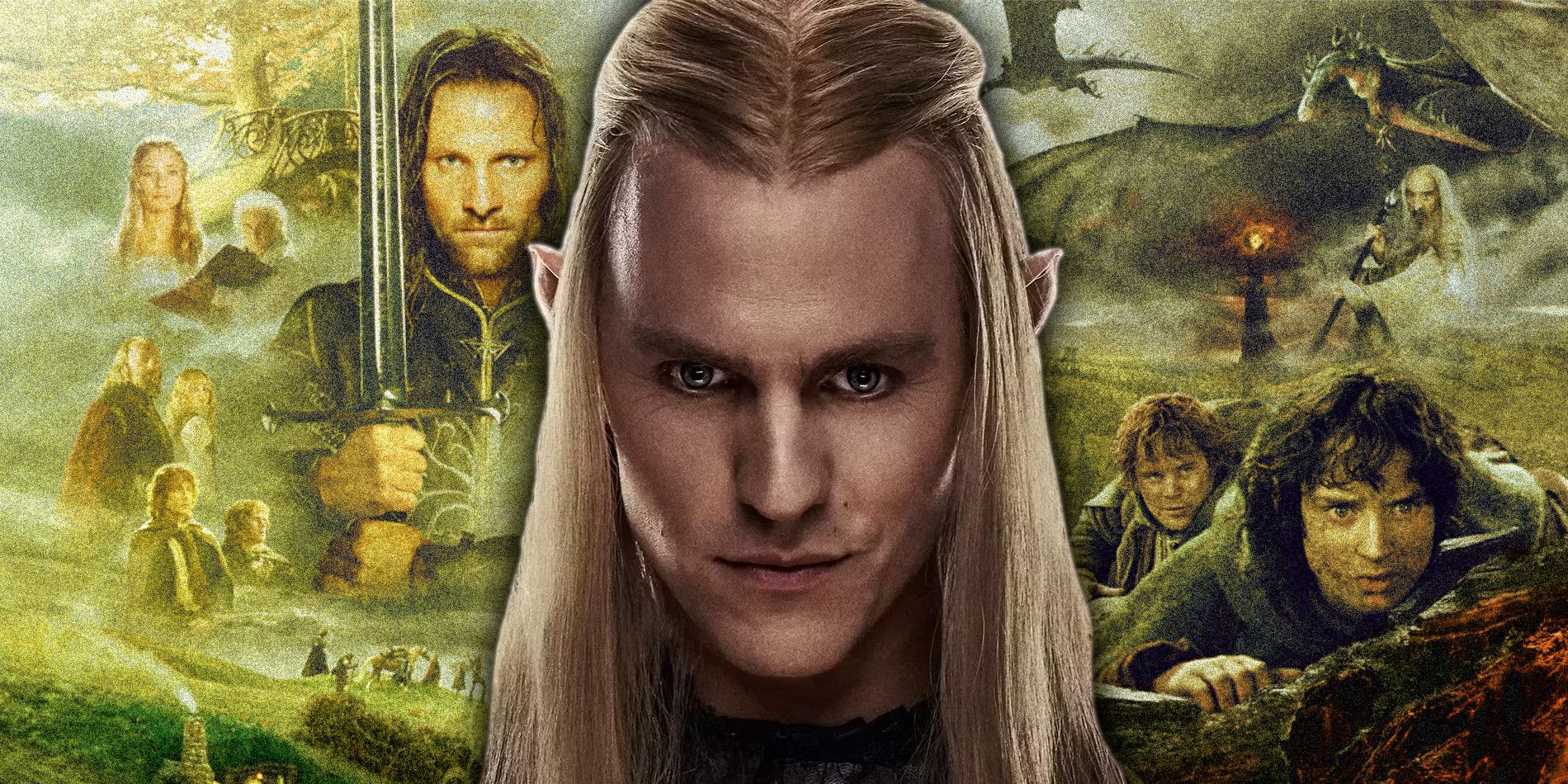
For as long as I can remember, I have been an avid fan of The Lord of the Rings, both J. R. R. Tolkien’s novel and Peter Jackson’s trilogy of film adaptations. Like many, I had reservations about Prime Video’s The Lord of the Rings: The Rings of Power due to its deviations from the lore of the source material and the lack of Jackson’s involvement, and negative reviews from other fans certainly did not make me any more optimistic. But I wanted to give the series a shot so that I could have an informed opinion, and I was pleasantly surprised. So far, the series has been an enjoyable fantasy adventure that includes many of the aspects that I love about other versions of The Lord of the Rings, and the second season marked a significant leap in quality compared to the first.
However, the series is not without its flaws, and one came to a head in “Shadow and Flame,” the finale of Season 2. The episode was full of exciting moments that called back to The Lord of the Rings and set up intriguing developments for the future of the series, but many of them felt rushed. I believe that this was a result of The Rings of Power attempting to balance so many plotlines at once, as the show couldn’t match the brilliant pacing of the films. This season alone has simultaneously covered the Elves’ struggles regarding the Rings of Power, Annatar’s manipulation of Celebrimbor, Durin III’s conflict with his father, Isildur being stranded in the Southlands, Arondir and Theo dealing with Bronwyn’s death, Ar-Pharazôn’s usurpation of the throne of Númenor, the Stranger figuring out his identity, and the Harfoots helping the Stoors. Most of the time, Jackson’s films only had two storylines to juggle; the first consisted of Frodo, Sam, and Gollum traveling to Mordor, and the second consisted of Aragorn and the other members of the Fellowship lending aid to the kingdoms of Rohan and Gondor. This gave each scene in his trilogy more room to breathe.
The Rings of Power Tells Many Stories at Once
Episode of The Lord of the Rings: The Rings of Power Season 2
Director(s)
Writer(s)
“Elven Kings Under the Sky”
Charlotte Brändström
Gennifer Hutchison
“Where the Stars are Strange”
Charlotte Brändström, Louise Hooper
Jason Cahill
“The Eagle and the Sceptre”
Louise Hooper, Charlotte Brändström
Helen Shang
“Eldest”
Louise Hooper, Sanaa Hamri
Glenise Mullins
“Halls of Stone”
Louise Hooper, Sanaa Hamri
Nicholas Adams
“Where Is He?”
Sanaa Hamri
Justin Doble
“Doomed to Die”
Charlotte Brändström
J. D. Payne, Patrick McKay, Justin Doble
“Shadow and Flame”
Charlotte Brändström
J. D. Payne, Patrick McKay
read more
“Shadow and Flame” began with the Balrog attacking Moria and King Durin III sacrificing himself to stop it. This was a highlight of the season, but it put the breakneck pace of the finale into perspective. This moment — which included the return of an iconic The Lord of the Rings monster, led to the death of a major character, and gave the episode its name — all occurred about eight minutes before the episode’s intro even played. This was immediately followed by a scene involving the Stranger. When last we saw him, he was deciding whether he should rescue Nori or search for his staff, but when he first appeared in the finale, he was already meeting with the Dark Wizard back at the Stoors’ home, and Brânk had already captured the Harfoots off-screen. The Dark Wizard tried to convince the Stranger to join forces with him, which was very reminiscent of Gandalf’s conversation with Saruman in Isengard from Jackson’s The Lord of the Rings: The Fellowship of the Ring. But unlike Gandalf and Saruman, the Stranger and the Dark Wizard had no pre-established relationship, and they only shared a few minutes of screentime before the Stranger rejected the Dark Wizard’s offer: “I would sooner walk this desert forevermore, nameless and forgotten.” This moment would have had a greater impact if the two Istari had spent more time together.
Then, after two whole seasons of buildup, the Stranger’s name came to him out of the blue, seemingly based solely on the Stoors calling him “Grand Elf.” These were not the only examples of sudden developments in the finale. Miriel gave the legendary sword Narsil to Elendil. This is the same weapon that Isildur will later use to cut the One Ring from Sauron’s hand and that the Elves will reforge into Andúril for Aragorn. But unlike Jackson’s films, The Rings of Power did not explain its importance. This moment only truly meant something to those with existing knowledge of The Lord of the Rings. Likewise, a ship came to the Southlands to bring Isildur back to Númenor despite no prior indication that there were plans to do so. It felt as if there was a missing episode between “Shadow and Flame” and “Doomed to Die,” and if you ask me, an extra episode is exactly what this season needed.
The Siege of Eregion Benefited From Focus
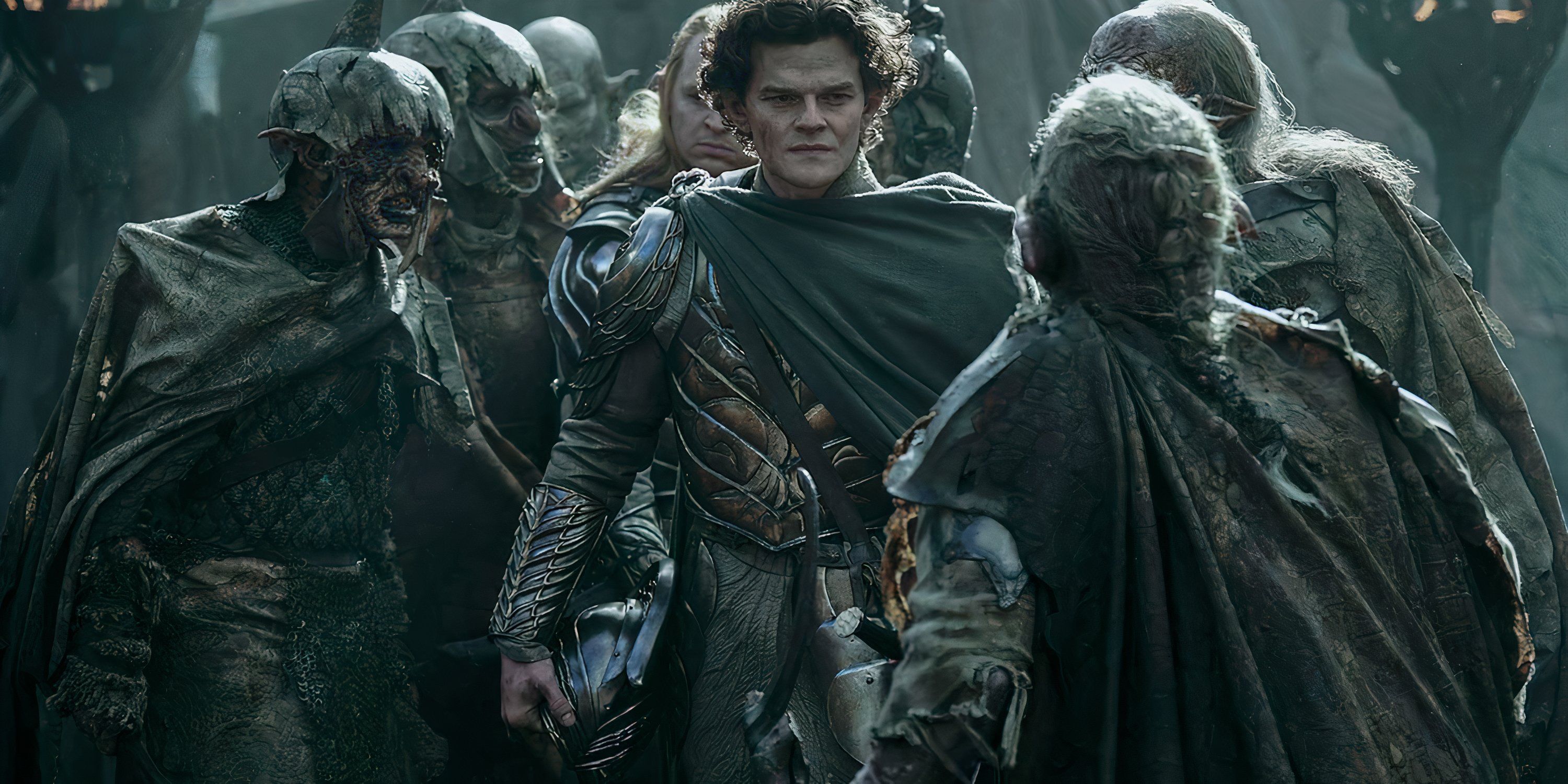
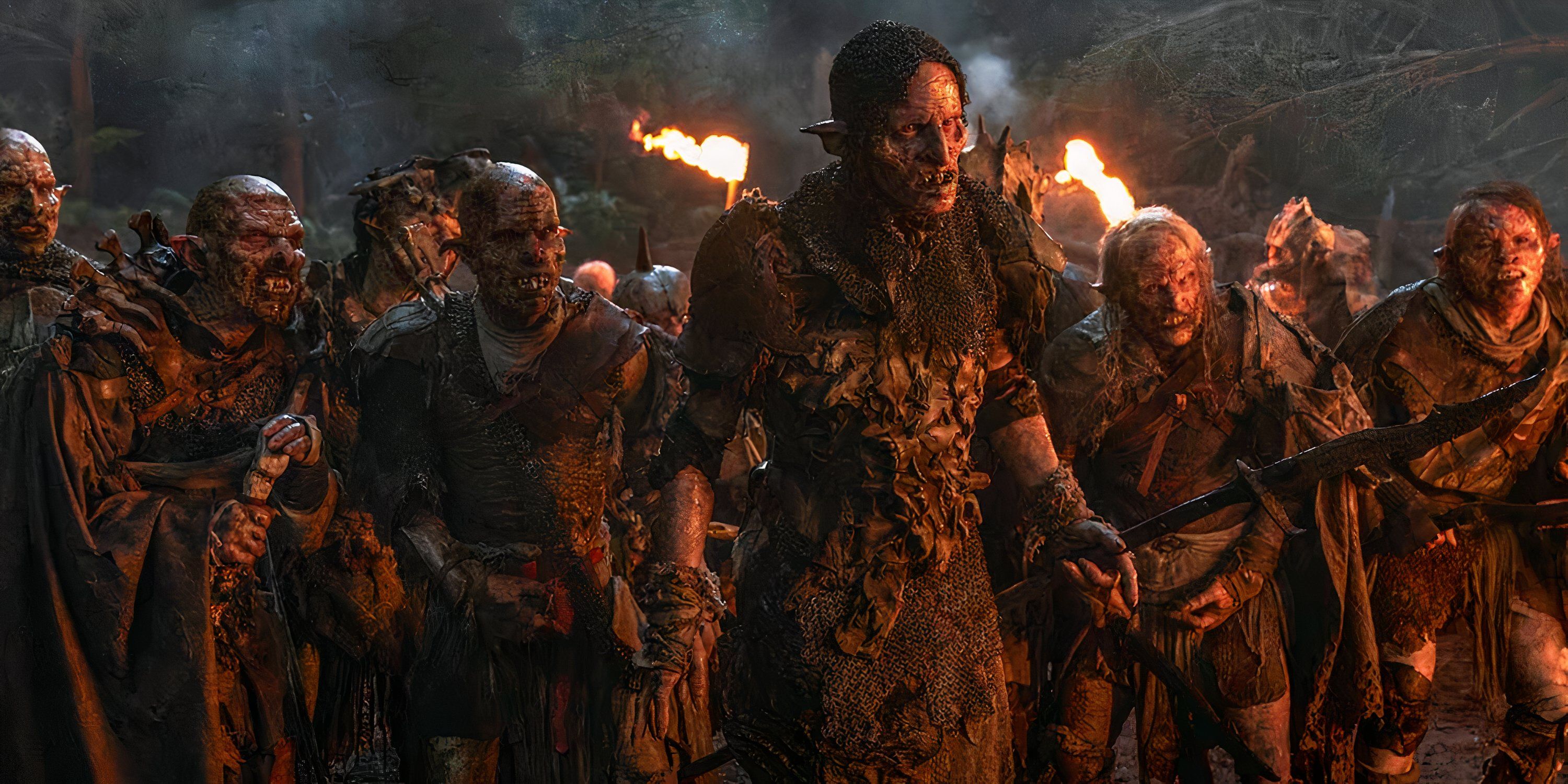
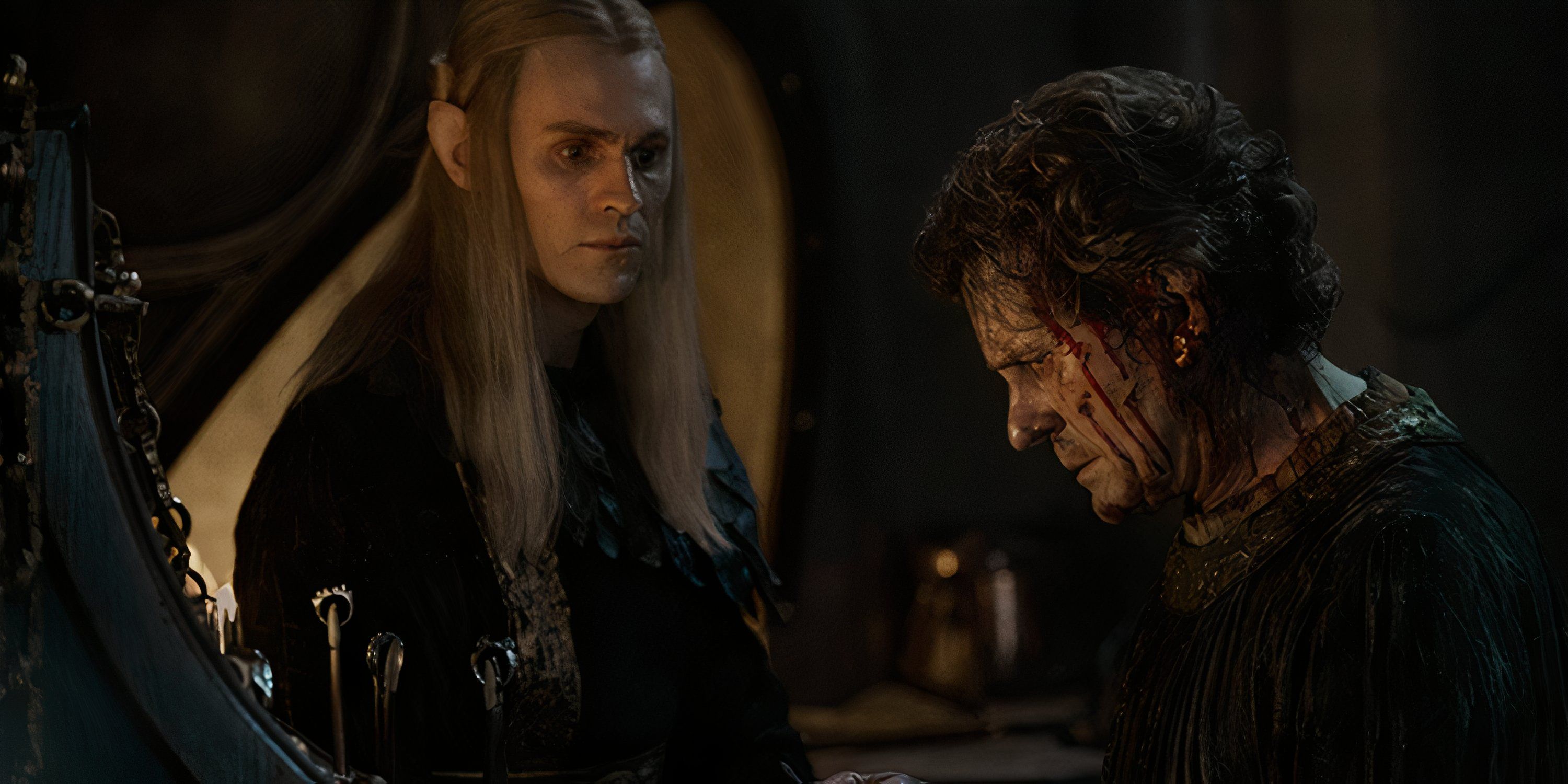
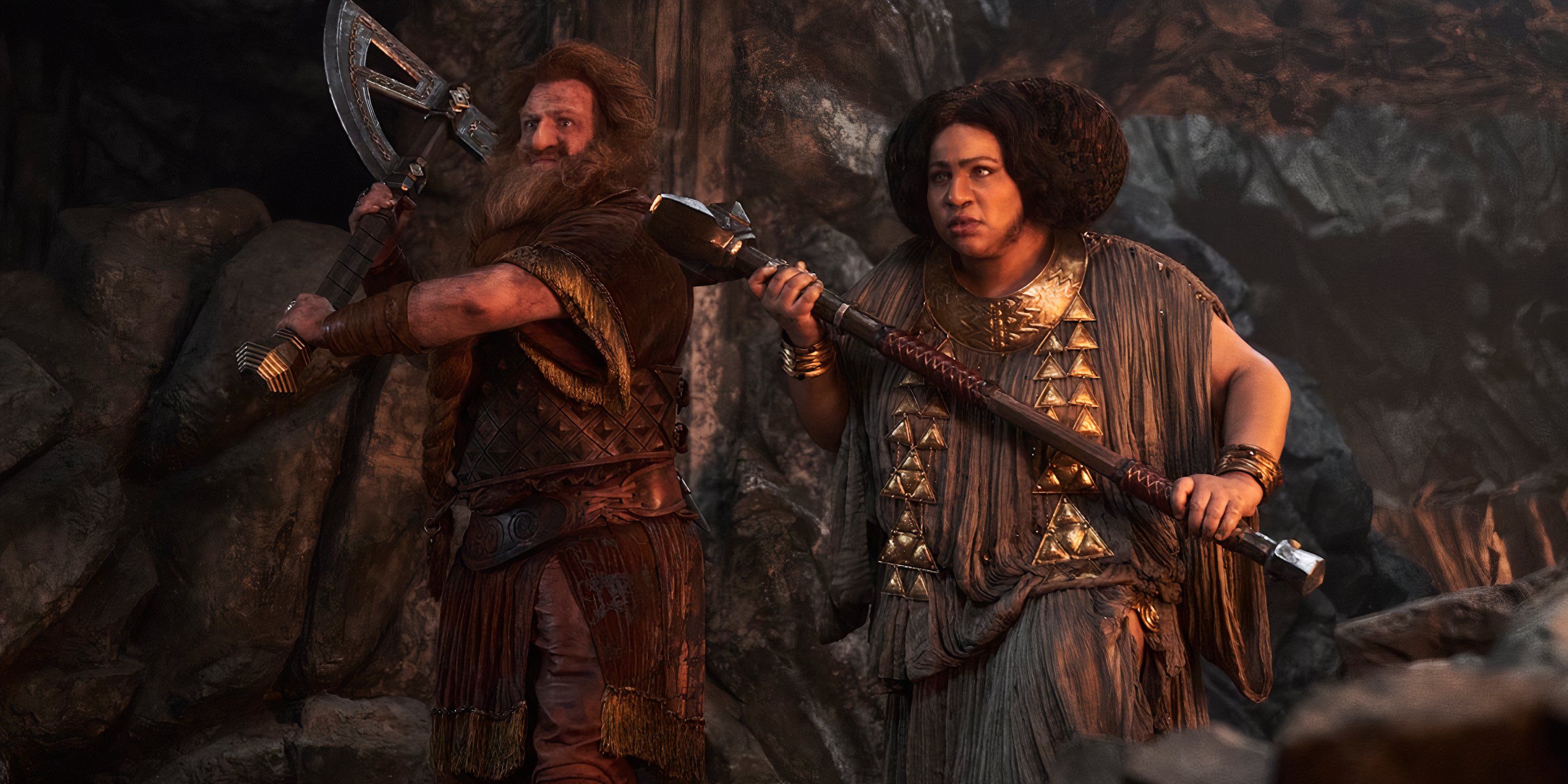
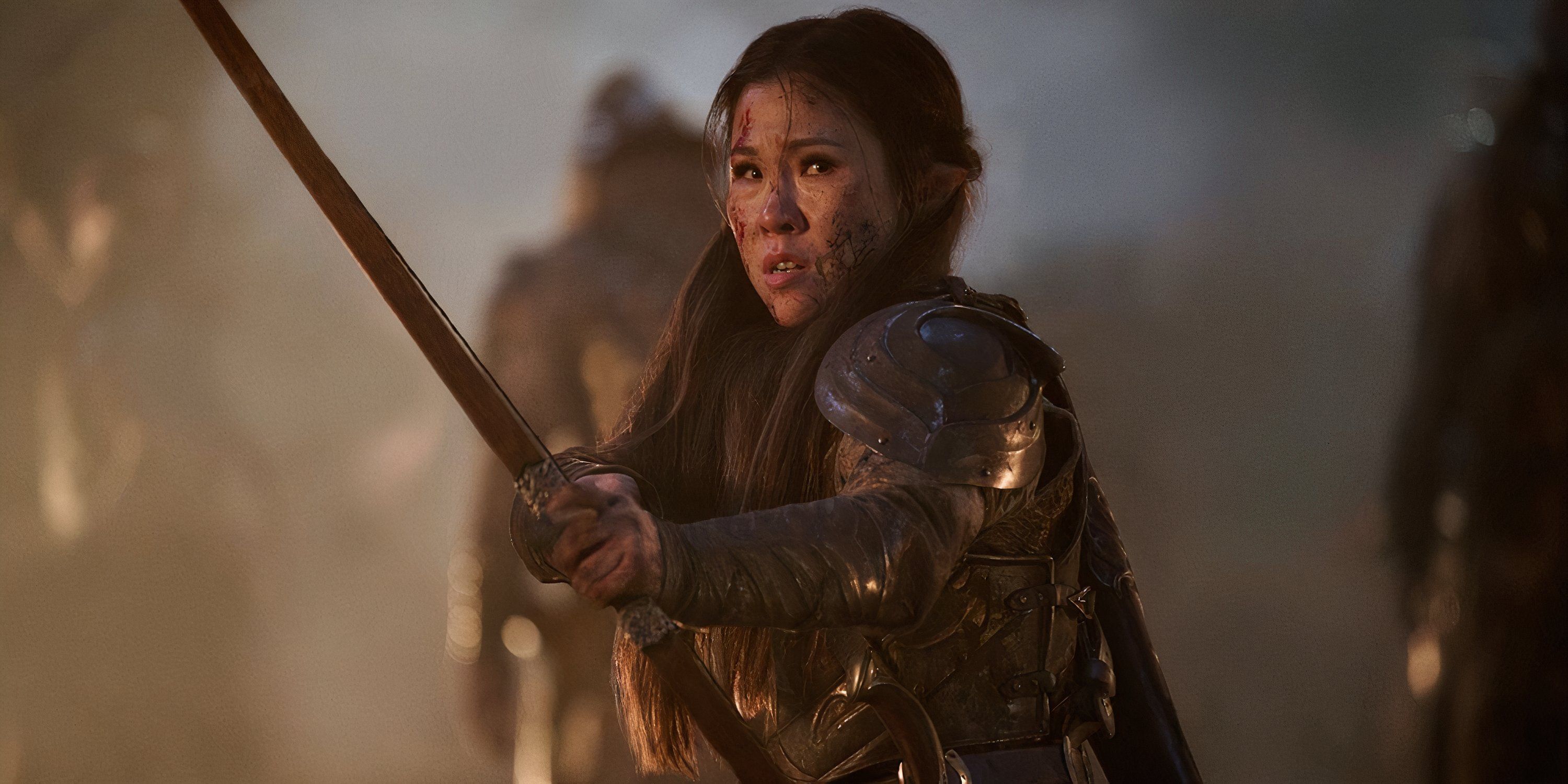
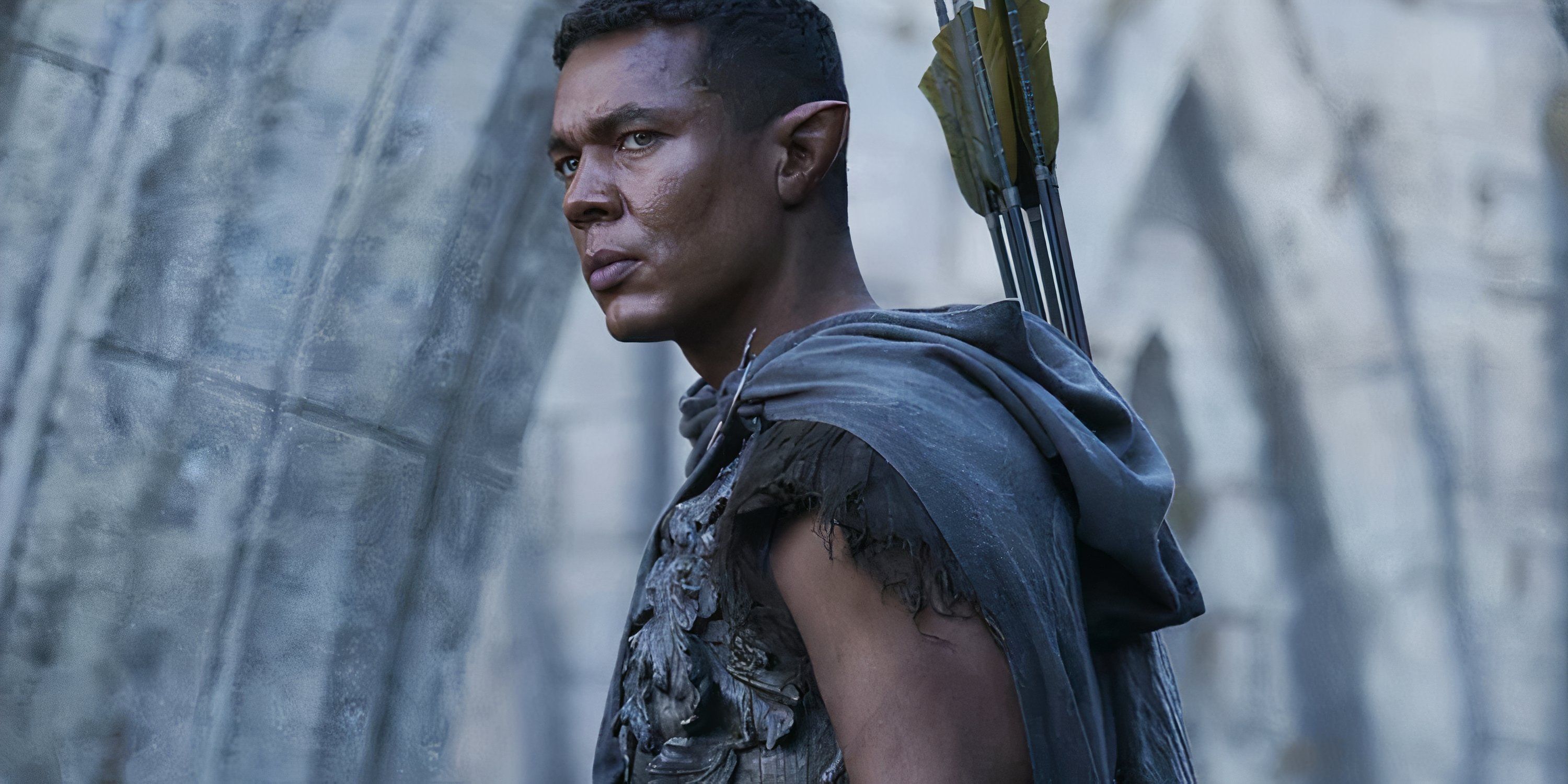






“Doomed to Die” was my favorite episode of the season, and that was due in large part to its focus. The entire episode was about the Siege of Eregion, and we only saw scenes from locations other than Eregion if they pertained to battle. For example, Durin III’s descent into madness prevented the Dwarves of Moria from lending aid to the Elves of Eregion when they needed it most. The audience was able to remain invested in a single plotline throughout the episode’s runtime without the distractions of unrelated events happening in Rhûn or Númenor. Yet it was likely because of this strong focus in the seventh episode that the eighth episode needed to squeeze in the conclusions to all of the season’s other storylines.
There are plans for three more seasons of The Rings of Power, but many of the Second Age’s most important events have already occurred: all but one of the Rings of Power have been forged, Eregion has fallen, Rivendell has been established, and Númenor has entirely turned against the Faithful. The series could have saved some of these moments for the future instead of portraying so many of them simultaneously. Season 2’s Rhûn plotline could have ended with the Stranger meeting the Dark Wizard, and its Númenor plotline could have ended with Ar-Pharazôn taking over the kingdom. These still would have been dramatic endpoints for the season, but they would have left more room for the individual stories to take their time, as they did in Jackson’s films.
The Rings of Power Does Not Need to Rush
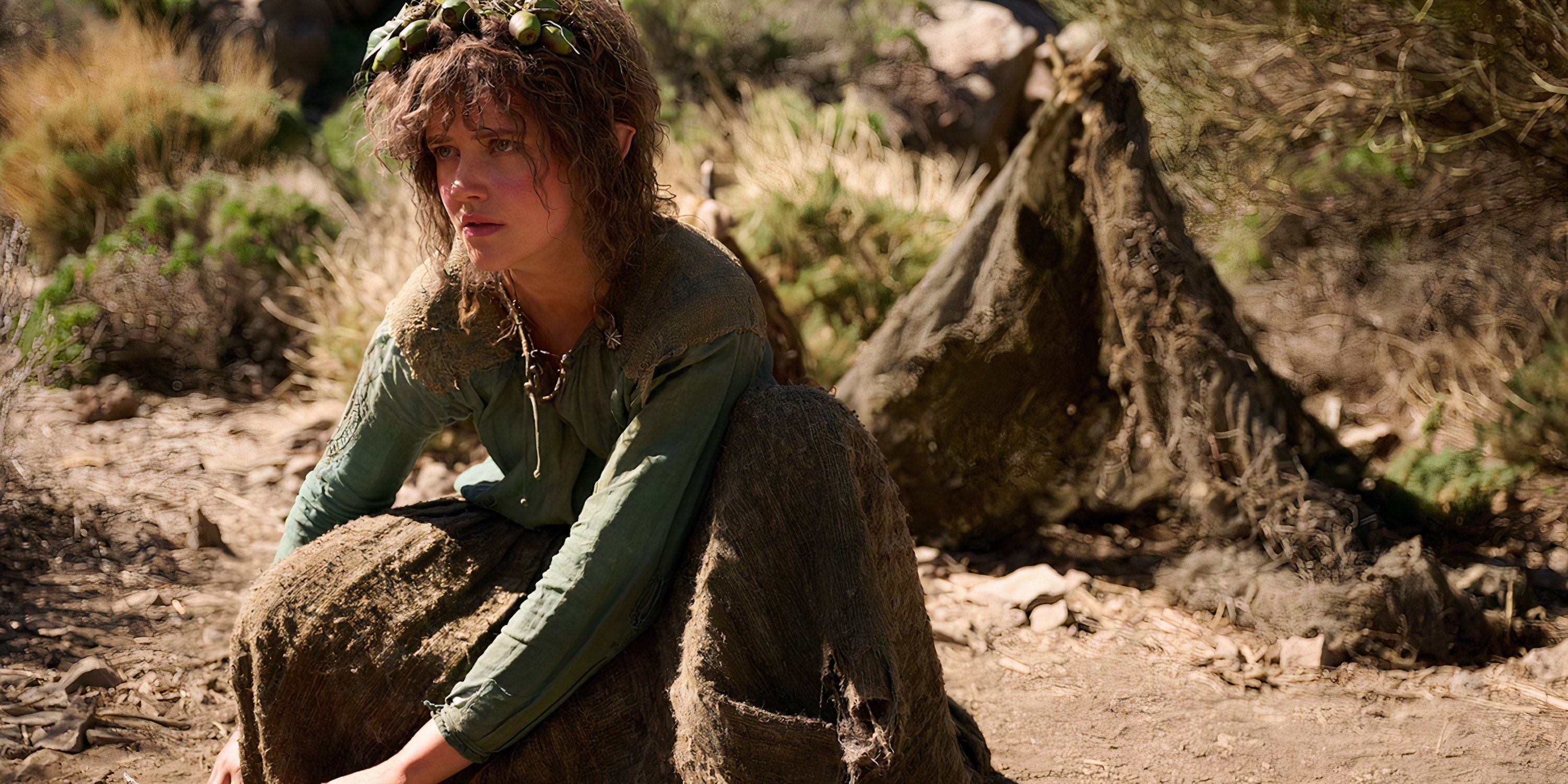
The subplot of the Stranger and the Harfoots sticks out because it still has not connected to the main plot of the show. The Elves, Númenóreans, and Southlanders have all had something to do with each other across the first two seasons, but the adventure in Rhûn has been self-contained. I think that The Stranger’s story could have been an entirely separate series that helped bridge the long gap between seasons of The Rings of Power. Prime Video is no stranger to such a thing; Invincible spun off into Invincible: Atom Eve and The Boys spun off into Gen V. Seemingly, the main reason for the Stranger’s inclusion in The Rings of Power was to play into the Sauron mystery from Season 1. He served as a red herring to keep viewers from guessing that Halbrand was the Dark Lord. The silver lining to The Rings of Power‘s pacing problem is that it can easily be solved moving forward. After so much buildup, the series cannot just drop certain storylines in Season 3, but it can keep them smaller and more focused so that they do not feel so rushed. If The Rings of Power continues to roughly follow Tolkien’s chronology, there are four monumental events left in the Second Age, those being the forging of the One Ring, the Downfall of Númenor, the establishment of Arnor and Gondor, and the War of the Last Alliance. I hope that the next season focuses primarily on one or two of these plotlines instead of trying to include pieces of them all. I truly want to see The Rings of Power succeed. As a lifelong fan of Tolkien’s work, it would be incredible to watch the Downfall of Númenor and the early stages of the War of the Last Alliance play out in live action. But I also want these individual moments to receive the time and attention that they deserve. A multi-season television series like The Rings of Power has a far longer runtime than Jackson’s film trilogy, and it should use that fact to its advantage.





